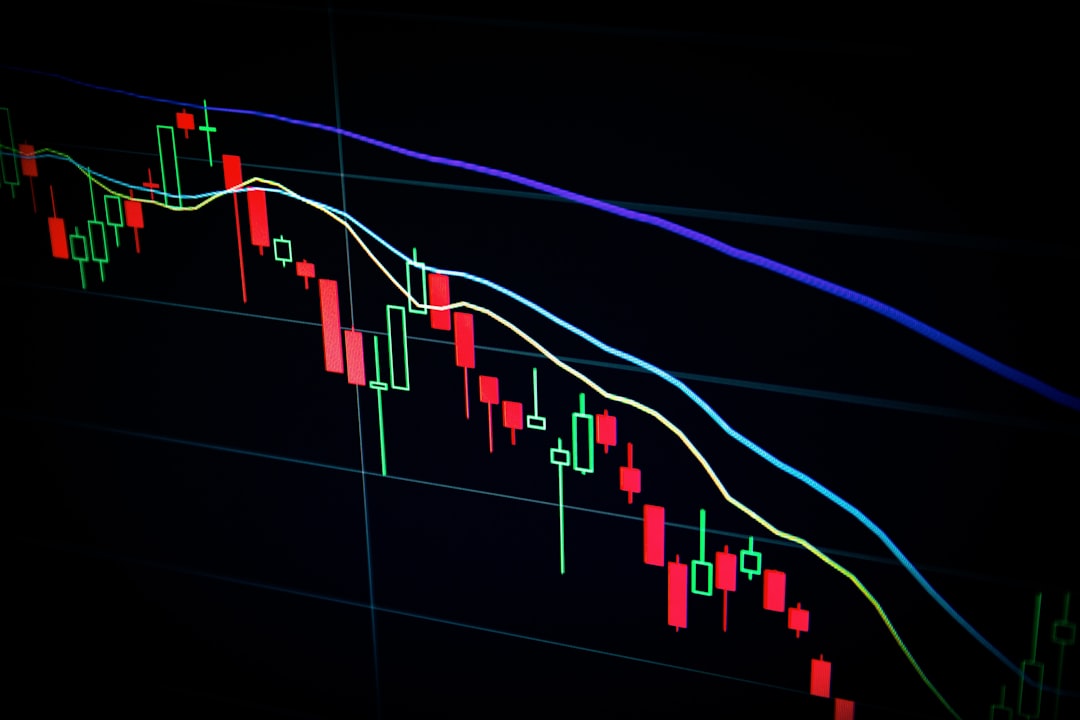What is it about?
The power plants at The Geysers in Northern California are the world’s largest geothermal producers. They exploit the sustainable heat from the nearby volcanism at Clear Lake Volcanic Field (CLVF), providing, e.g., as of 2018, 9% of the green power production or half of the geothermal generation in California (geysers.com). In the past two million years, the volcanism at CLVF experienced four notable eruption episodes and moved northward gradually. The shallow magma system beneath the Geysers-Clear Lake area, with a silica-rich composition, is well characterized. Still, a potential deep magma system, with an iron and magnesium-rich composition, is challenging to seismically image. Here we propose a three-fold mathematical toolkit to tackle the challenge. First, we develop a forward modeler that can precisely determine the propagation paths of seismic signals by solving eikonal equations. Second, we design efficient algorithms to detect the waves reflected off the Moho boundary between the crust and the mantle (also named PmP) from the massive earthquake data in the past 20 years. Last, we utilize the back-projection tomographic technique to jointly interpret the seismic primary waves and PmP signals, iteratively updating the seismic velocity model. The method images magma bodies throughout the thickness of the crust, showing a multilevel magma system that crosses the crustal boundary in the southeastern part of Clear Lake. The results show how the magma body ascended over the past two million years and formed a shallow magma reservoir beneath The Geysers with the most recent eruption around 10,000 years ago.
Featured Image

Photo by Purnomo Capunk on Unsplash
Why is it important?
Our imaged multilevel architecture of the melt-bearing reservoirs beneath the Geysers-Clear Lake area may represent a prevalent feature for other continental volcanoes that have episodic eruptions in history and resulted in diverse lavas from silica-rich to magnesium-rich. Essentially, joint interpretation of our seismic images with known geological constraints could advance the development of geothermal resources at The Geysers.
Perspectives
The later seismic phases that arrive in receivers after the first arrivals contain rich information about the earth's interior. Those signals have been widely utilized in teleseismograms, but are largely "neglected" in local seismic records. We prove through this study that those later phases have great potential in unraveling the "secret" of the deep crust. We hope our work could be an example for others to utilize those precious signals and explore the earth's interior at fine scales in the future.
Tianjue Li
Nanyang Technological University
Read the Original
This page is a summary of: Multilevel transcrustal magmatic system beneath the Geysers-Clear Lake area, Proceedings of the National Academy of Sciences, March 2024, Proceedings of the National Academy of Sciences,
DOI: 10.1073/pnas.2317809121.
You can read the full text:
Contributors
The following have contributed to this page










